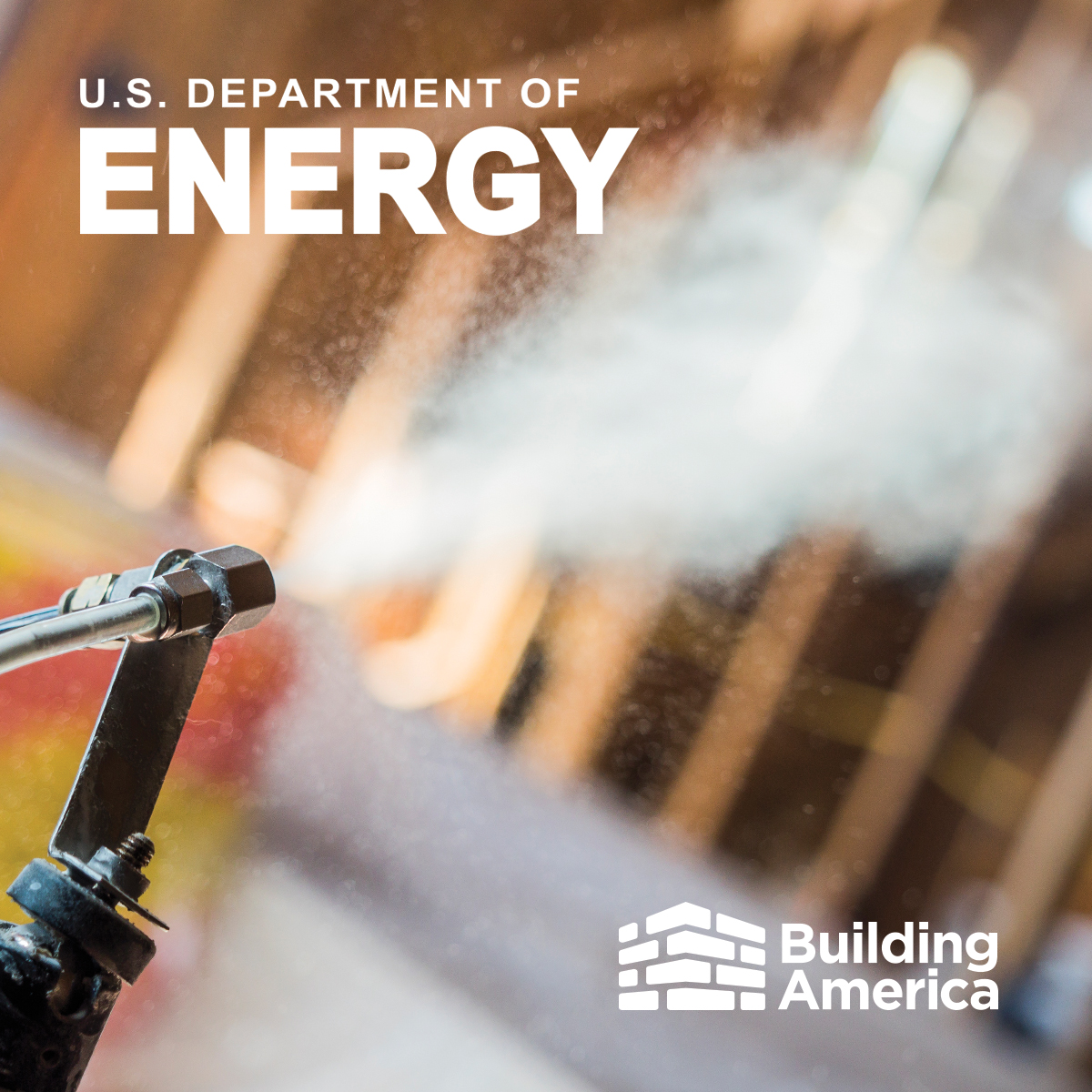
By applying the techniques outlined in this research, homeowners and building professionals can significantly reduce air leakage, improve indoor air quality, and enhance overall home energy performance.
Research conducted by the U.S. Department of Energy’s Office of Energy Efficiency and Renewable Energy, the Center for Energy and Environment, and the UC Davis Western Cooling Efficiency Center delves into the benefits of aerosol envelope sealing techniques for existing residential buildings.
Residential buildings often have air leaks that lead to increased energy usage for heating and cooling. Traditional methods to seal these leaks are manual and rely on contractors to find and fix them one by one. However, the effectiveness of these methods can vary greatly depending on the skill and diligence of the contractor. Aerosol envelope sealing offers a potential solution by providing a more systematic and cost-effective approach to sealing existing homes and multifamily units, resulting in better energy efficiency with less disruption.
This research offers instructions on sealing various home components, such as ducts, windows, skylights, dryers, and fireplaces, and outlines the process of pressure testing to assess seal strength under different conditions. By applying the techniques outlined in this research, homeowners and building professionals can significantly reduce air leakage, improve indoor air quality, and enhance overall home energy performance. The findings are relevant for anyone seeking cost-effective ways to upgrade existing residential structures for greater sustainability.
